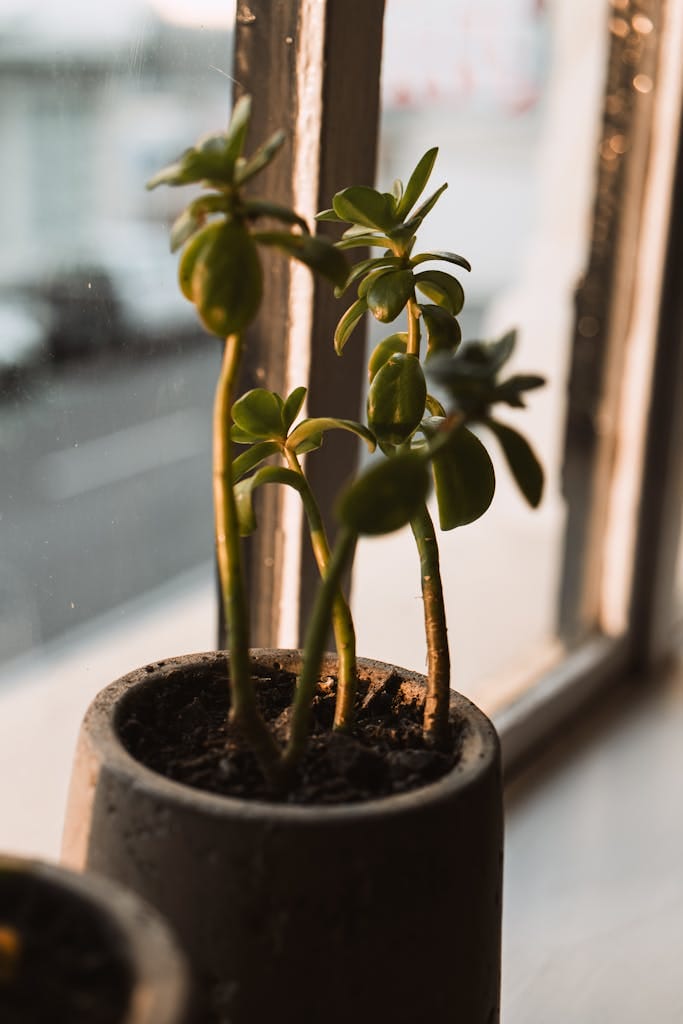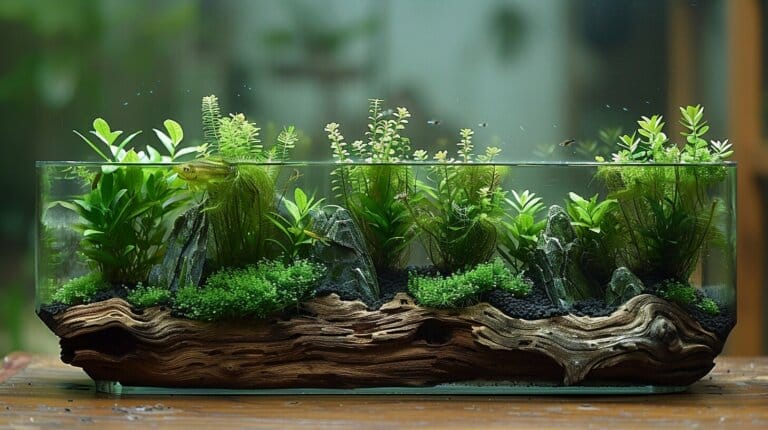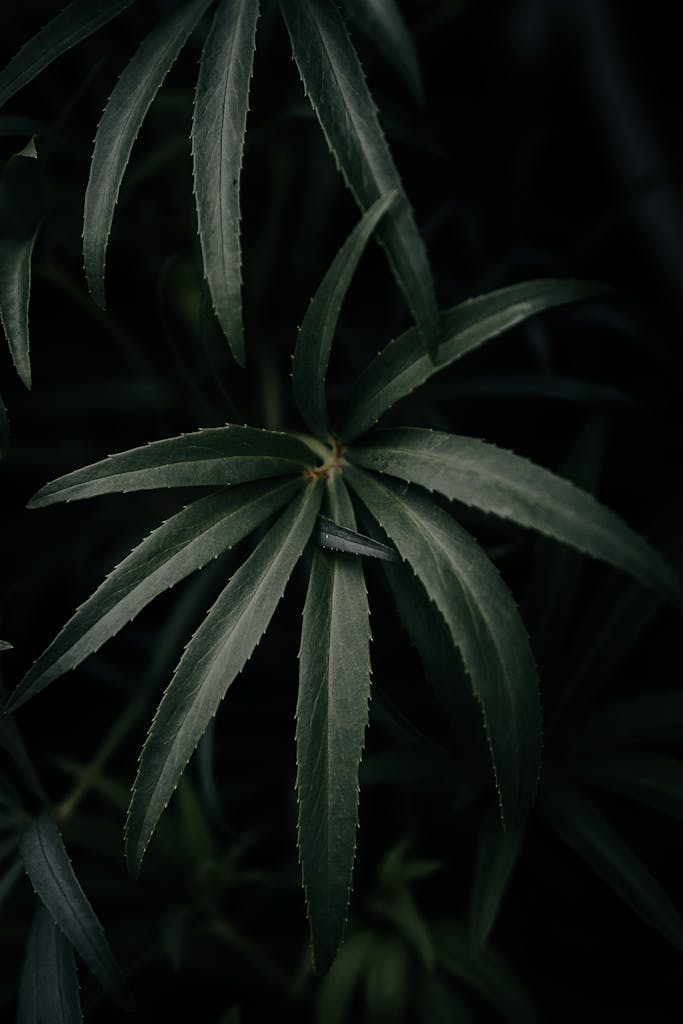White Fuzz on Jade Plant: How to Treat Powdery Mildew, Pests and White Spots in 2024
While understanding the complexities of taking care of jade plants in 2024, it becomes essential to deal with the issue of white fuzz on the Jade plant, which resembles quiet snowfall on its leaves. So, how do we successfully counter this issue of powdery mildew and pest infiltration?
Join us as we unravel the secrets to preserving the pristine beauty of your jade plant oasis.
Key Takeaways
- Promptly treat powdery mildew with fungicides and prune affected areas to protect the foliage of your jade plants.
- Implement safe pest control measures for mealybugs to safeguard plant health.
- Maintain good air circulation and monitor soil moisture levels for prevention, especially to protect the foliage of jade plants grown indoors.
- Regularly inspect jade plants for early detection of white fuzz and pests.
Recognizing White Fuzz on Jade Plants: Characteristic Signs and Symptoms

Noticing white fuzz on jade plant leaves indicates powdery mildew, a fungal disease thriving in warm, humid conditions. Prompt action is vital to preserve the plant’s health and prevent the disease from spreading.
Neglect can lead to stunted growth, leaf distortion, and plant death, attracting pests like mealy bugs.
Causes of White Spots on Jade Plants

Several factors contribute to white fuzz on Jade plants, including excess salt from overfertilization or poor drainage, fungal diseases like powdery mildew, and pests such as mealybugs. These pests weaken the plant and create conditions favorable for mold and fungus.
Table: Causes of White Spots on Jade Plants
| Causes | Description |
|---|---|
| Excess Salt | Accumulation in soil from overfertilization or poor drainage, leading to plant stress |
| Fungus | Powdery mildew fungi producing spores that spread easily, forming powdery patches |
| Mealybug infestations, signified by cotton-like clusters on the foliage, are a common issue for indoor jade plants and can cause white spots on the leaves. | Small insects feeding on plant sap, weakening the plant and attracting mold and fungus |
| Spore | Fungal spores that can spread quickly in warm, dry conditions |
| Powdery Mildew | Fungal disease manifesting as powdery patches on leaves can severely affect the appearance and health of jade plant leaves. |
Consequences of Neglecting White Fuzz on Jade Plants

Ignoring white fuzz on jade plants can have severe repercussions for their health and vitality, including diminished vigor across the entire plant.
- Impact of Infestation: Untreated white fuzz can lead to a widespread infestation, stunting growth and causing poor plant health.
- Long-Term Effects: Mold and mildew can weaken the plant over time, making it susceptible to diseases and environmental stresses.
- Spreading Pests: An untreated plant can attract pests, spreading to other succulents and causing widespread infestations.
Treating White Fuzz on Jade Plants: Effective Solutions and Techniques

Effectively combating white fuzz involves using fungicides for powdery mildew, pruning affected areas, and repotting in fresh soil. For mealybug infestations, safe pest control methods and regular inspections are key.
Proper care practices, such as adequate light, appropriate watering, and good airflow, especially indoors, can prevent future occurrences of diseases affecting your jade plant leaves.
How Can I Prevent Powdery Mildew and Pests on Chamomile Plants?
When planting chamomile seeds, timing is crucial. Consult a planting chamomile seeds timing calendar to ensure the best conditions for growth. Additionally, preventive measures such as proper air circulation and avoiding overhead watering can help prevent powdery mildew and pest infestations on chamomile plants.
Preventive Strategies to Avoid White Fuzz on Jade Plants

Preventing white fuzz involves maintaining good air circulation, monitoring moisture levels, regularly inspecting your plant, maintaining cleanliness, and treating spots on the leaves as soon as they appear. These strategies help prevent fungal spores from settling and pests from infesting jade plants, maintaining healthy foliage.
Conclusion
By staying vigilant and implementing proper care techniques, we can combat white fuzz on jade plants effectively.
Regularly removing moldy leaves, adjusting watering practices, and ensuring adequate light exposure are crucial for maintaining the health of jade plant leaves.
Proactive measures and informed preventative strategies allow jade plant enthusiasts to enjoy thriving, beautiful plants for years to come.
Frequently Asked Questions
What causes white fuzz on my jade plant?
White fuzz on a jade plant is typically caused by powdery mildew or pests such as mealybugs or spider mites.
How do I treat powdery mildew on my jade plant?
To treat powdery mildew on your jade plant, you can use a fungicide specifically made for houseplants or create a solution of water and baking soda to spray on the affected areas.
What should I do if I see white spots on my jade plant’s leaves?
If you notice white spots on your jade plant’s leaves, it could be a sign of a pest infestation, possibly mealy bugs, which cause white spots on the foliage. Check the plant for mealybugs, spider mites, or other common jade plant pests and treat accordingly.
When should I prune my jade plant with white spots?
It is best to prune your jade plant with white spots in early spring or summer when the plant is actively growing. Remove any infected leaves or parts of the plant to prevent the spread of disease.
What natural remedies can I use to get rid of pests on my jade plant?
Natural remedies such as neem oil, rubbing alcohol, or a solution of water and soap can be effective in treating pests on jade plants. Regularly inspect the plant, including underneath the jade leaves, and treat any infestations promptly to safeguard the entire plant.







